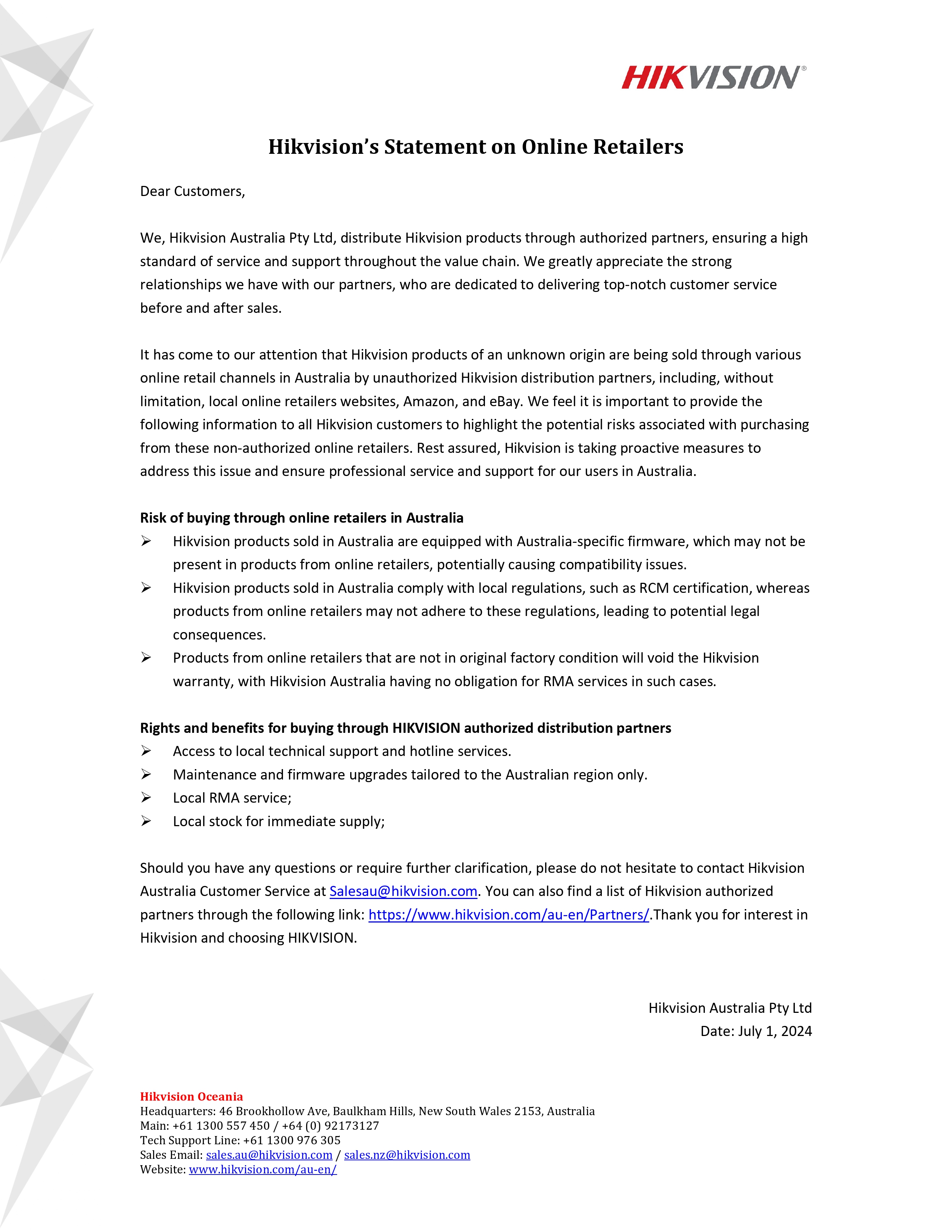In today's digitally interconnected world, ransomware attacks have become a prevalent and dangerous threat to individuals and organisations alike. Ransomware is a type of malicious software that encrypts a victim's data and demands a ransom in exchange for its release.
Ransomware attacks can cause severe disruption, financial loss, and compromise sensitive information. However, by implementing some simple yet effective preventive measures, you can significantly reduce the risk of falling victim to ransomware. In this article, we will discuss five straightforward ways to protect yourself and your organisation from ransomware attacks.
Keep Your Software Up-to-Date
One of the most crucial steps in preventing ransomware attacks is to ensure that all your software is up-to-date. Cybercriminals often exploit known vulnerabilities in outdated software to infiltrate systems and deliver ransomware. Developers continually release patches and updates to fix security flaws and improve the overall performance of their software. Therefore, make it a habit to regularly update your operating system, applications, and security software.
To help streamline this process, you can enable automatic updates when they’re available. Most modern operating systems and software offer this feature, allowing them to download and install updates automatically. Additionally, keep an eye on notifications for security updates and don't ignore them. By staying up-to-date, you significantly reduce the attack surface for cybercriminals and protect yourself, your organisation, members, contractors and employees, clients and anyone else who may have sensitive data in the database against known vulnerabilities.
Educate Yourself and Your Team
Human error is one of the leading causes of ransomware infections. Cybercriminals often rely on social engineering techniques, such as phishing emails, to trick users into clicking on malicious links or downloading infected attachments. Therefore, educating yourself and your team about ransomware threats and safe online practices is paramount.
You can also conduct regular cybersecurity training sessions to raise awareness about the risks of ransomware attacks and how to identify potential threats. Teach your team to recognise suspicious emails, and avoid clicking on unknown links or downloading files from untrusted sources. Additionally, emphasise the importance of strong passwords and how to create and manage them securely. By fostering a culture of cybersecurity awareness, you can create a strong line of defence against ransomware attacks.
Backup Your Data Regularly
A robust data backup strategy is an essential component of ransomware prevention. Regularly backing up your data ensures that even if you fall victim to a ransomware attack, you won't lose your critical information. Back up your data on a separate device or, preferably, on an offline or cloud-based storage solution that is not continuously connected to your network.
When choosing a backup solution, consider implementing the 3-2-1 backup rule. This means having at least three copies of your data, stored on two different types of media, with one of those copies stored offsite or in the cloud. By doing so, you ensure that your data is safe from ransomware attacks, hardware failures like local computers, video security systems or other types of network-based hardware, and other disasters that could potentially lead to data loss.
Use Antivirus and Anti-Malware Software
Employing reputable antivirus and anti-malware software is an essential layer of defence against ransomware attacks. These security solutions can find and block known malware and provide real-time protection against new and emerging threats. Choose a comprehensive security suite that includes ransomware-specific protection features.
It is considered best practice to keep the antivirus and anti-malware software updated. This helps to ensure it can effectively safeguard your system against the latest threats. Additionally, consider implementing behaviour-based identification technologies that can identify suspicious activities and stop ransomware before it can do significant damage. Remember, no smart security system or any other single security solution can provide 100% protection, so it's essential to complement these tools with other preventive measures.
Use a Firewall and Secure Your Network
A firewall acts as a barrier between your internal network and the outside world, controlling incoming and outgoing network traffic. It acts as a frontline defence against unauthorised access and can prevent ransomware from entering your network in the first place.
Ensure that your operating system's built-in firewall is activated, and consider using a hardware firewall to provide an extra layer of protection. Additionally, secure your Wi-Fi network with a strong password and enable WPA3 or WPA2 encryption. Limit access to your network and its resources by employing network segmentation and implementing the principle of least privilege for user accounts.
Stay Vigilant and Diligent
Ransomware attacks continue to pose a significant threat to individuals and organisations worldwide. However, by implementing these five simple yet effective preventive measures, you can substantially reduce the risk of falling victim to these malicious attacks.
Keep your software up-to-date, educate yourself and your team about ransomware threats, back up your data regularly, use reputable antivirus and anti-malware software, and secure your network with firewalls and robust encryption. By taking these precautions, you fortify your defences and create a safer digital environment for yourself and your organisation. Stay vigilant, stay informed, and prioritise cybersecurity to safeguard against the ever-evolving ransomware menace.

